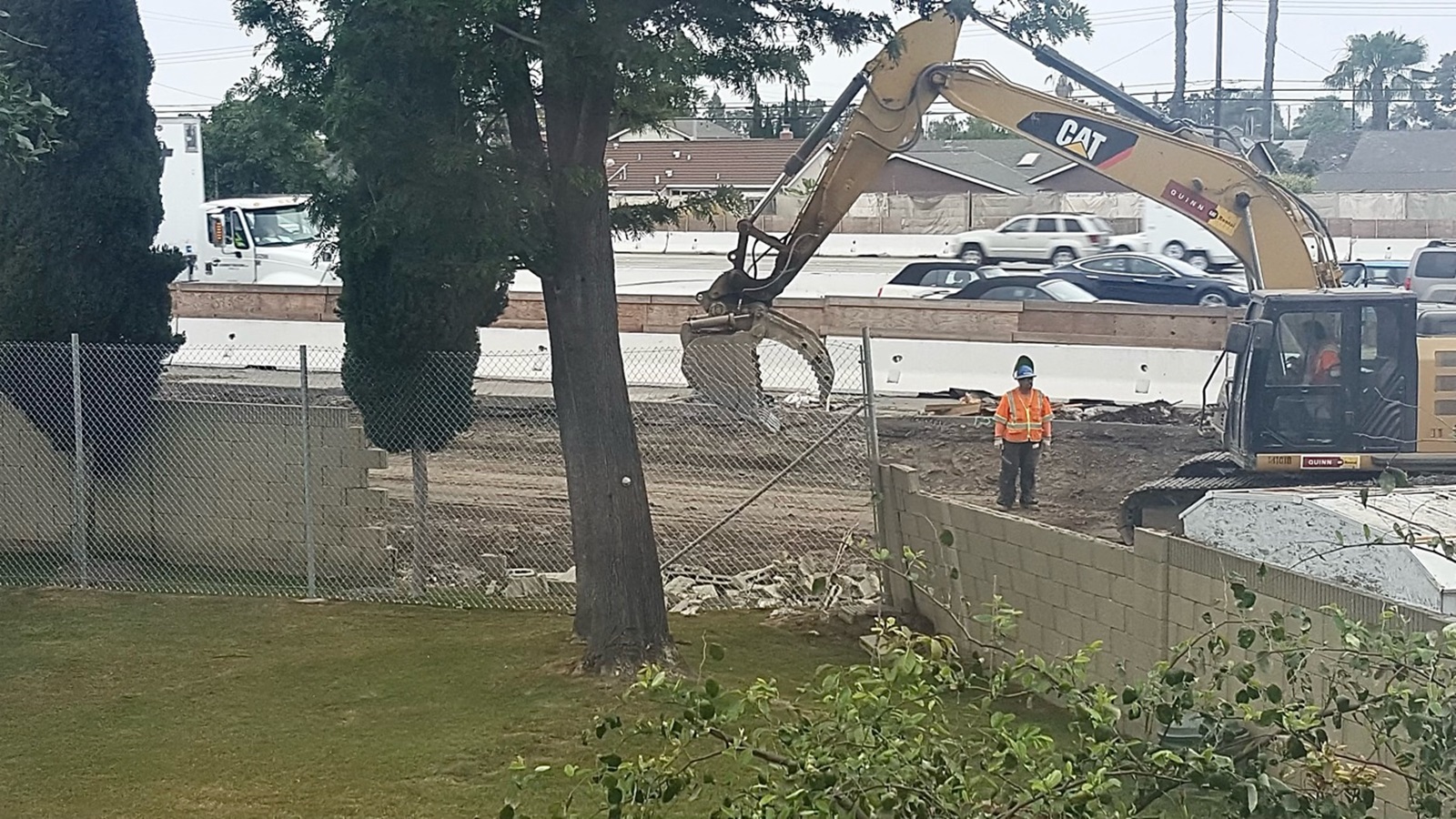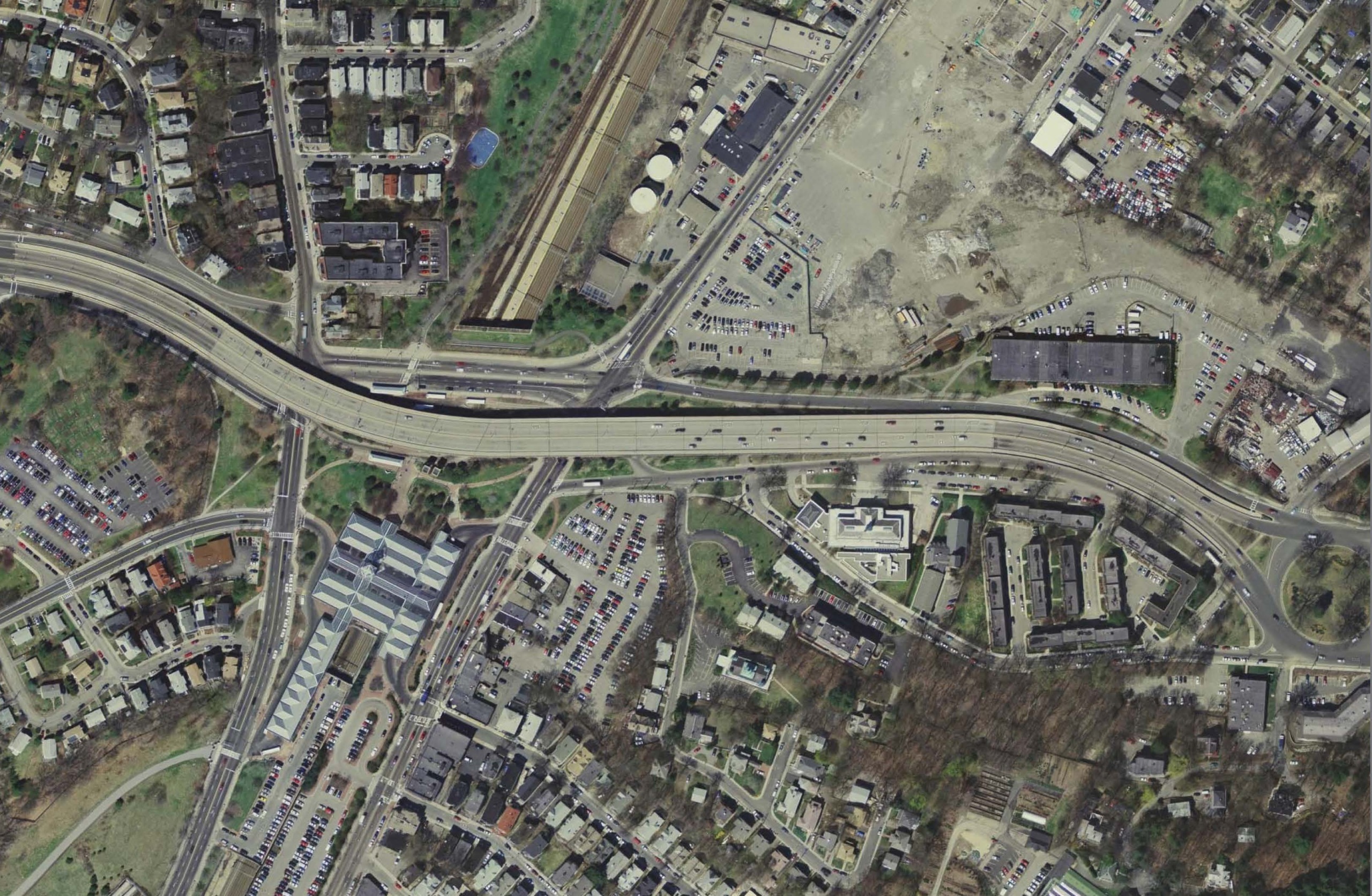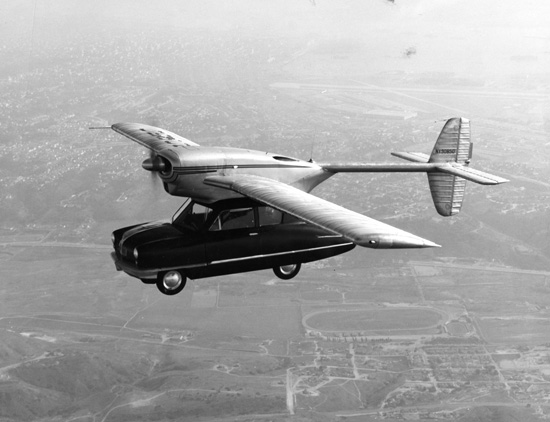
How a Birthday Party Led Me to Think about Land Use and Parking
This weekend, for my son’s birthday party, we invited a handful of his friends to meet us in downtown Santa Rosa for a movie and then a bus ride back to our house for cake and games. The eight first-graders loved both the movie and riding the bus. For me, the day’s travel experiences highlighted how transportation pricing and land use requirements don’t square with enabling people to drive less (as many people say they wish were possible) or with Sonoma County’s pledge to reduce its global warming pollution.
This weekend, for my son’s birthday party, we invited a handful of his friends to meet us at a movie theater in downtown Santa Rosa to see Kung Fu Panda 3 and then to ride the city bus back to our house for cake and games. The eight first-graders loved both the movie and riding the bus: they laughed throughout the movie, and they rode the bus as if it were a carnival ride.
For me, the day’s travel experiences highlighted how transportation pricing and land use requirements don’t square with enabling people to drive less (as many people say they wish were possible) or with Sonoma County’s pledge to reduce its global warming pollution.
On a day-to-day basis, driving is cheaper than taking the bus. My husband, son and I drove to the movie theater and parked in the four-story garage attached to the theater. We didn’t have to pay to park. Great! But that doesn’t mean parking was free. The city (i.e., taxpayers) paid to build and maintain the garage. We all rode the bus home, at a cost of $1.75 per adult and $1.50 per child. So, the cost of driving downtown, parking and driving home is free; the cost of riding the bus there and back for our family is $10. Sure, we had to spend a bunch of money to buy a car, but the operating cost to drive downtown is minimal. $10 for the bus is not minimal.
Development patterns and parking requirements create long-term incentives that also favor driving. The free parking garage next to the movie theater is on the same block as the city’s transit mall, a development decision that suggests room for cars is so important that they are allowed to occupy one of the key spaces that could make transit more useful. The last thing that people getting off a bus need is a parking space. Shops or offices would be far better, helping to attract riders to transit. Right now, a deserted transit mall next to a parking garage is an asset only if you have rowdy first graders who need a place to play while they wait for the bus.
The city’s parking requirements for houses also make it really easy to own and use a car. I live in a 1,000-square-foot, two-bedroom house and our garage has been converted to a granny flat. That means that, at most, there are going to be three cars regularly parked there. Yet, we have five off-street parking spaces, one of them covered, because when the garage was converted the city required additional parking spaces even though there’s no shortage of on-street parking. In fact, I park in the street (because too much bird poop ends up on the car if it is in the driveway) and I’m always able to park right in front of the house. All this parking invites car ownership and use: no matter when you return to home, you will always have easy parking. And as parents picked up their kids at the end of the birthday party, they all were able to park right by our house.
Not only are five parking spaces excessive given the size of the house, its location is such that a car isn’t needed on a regular basis. Parking requirements should be even lower so that better use can be made of that land. We live within three blocks of two coffee shops, Safeway, an organic grocery story, CVS, three banks, more restaurants than I want to bother to count, and bus stops for local and commuter buses. My son gets to school via bike, and we often bike the two miles downtown to the library. Some weeks, I drive just once a week, which is why mice moved in under the hood of the car last year. Thanks to our home’s location, we don’t need a car too often.
Yet the city’s parking requirements limit the number of people who can live in such a walkable neighborhood. We’d like a bigger house and would expand our existing home, but can’t because the logical place for an addition would eliminate our required covered parking space. Assuming we aren’t the only ones with this experience in the neighborhood—and I’m pretty certain we’re not—parking requirements effectively limit density in a neighborhood that should be dense. One mom at the party told me how her family outgrew their two-bedroom home in a walkable neighborhood and had to move to a part of town where nothing is in walking distance.
Santa Rosa isn’t the only U.S. city where transportation pricing and land use requirements encourage people to drive instead of walk, bike or ride transit. In most places, free parking is the rule, not the exception, and excessive parking requirements mean that the nation has four spaces for every car.
If Santa Rosa started charging $1 per hour for parking in that garage or offered free bus fares to kids or reduced residential parking requirements, I’d be pleased, but I don’t think it would have much impact. If the city did all three things and reevaluated land use downtown, then I’d think the changes would be a solid step to putting walking and transit on even footing with driving—and a good beginning to the sustained changes necessary to reduce global warming pollution from transportation. Changing just one of the car-centric elements I encountered during our birthday party travels wouldn’t have much impact, but the effect of changing all of them would be bigger than the sum of their parts. Sort of like the heroes in Kung Fu Panda 3: when they worked together, their impact was greater than simply adding up their individual efforts.
Topics
Authors
Elizabeth Ridlington
Associate Director and Senior Policy Analyst, Frontier Group
Elizabeth Ridlington is associate director and senior policy analyst with Frontier Group. She focuses primarily on global warming, toxics, health care and clean vehicles, and has written dozens of reports on these and other subjects. Elizabeth graduated with honors from Harvard with a degree in government. She joined Frontier Group in 2002. She lives in Northern California with her son.
Find Out More

Wider highways don’t solve congestion. So why are we still knocking down homes to build them?

Four ways to look at a project (or policy, or almost anything)

America needs a “roads review”

